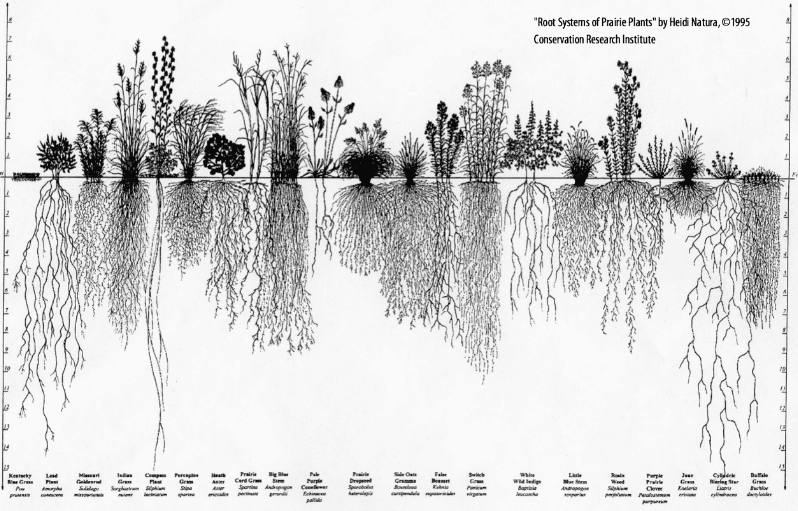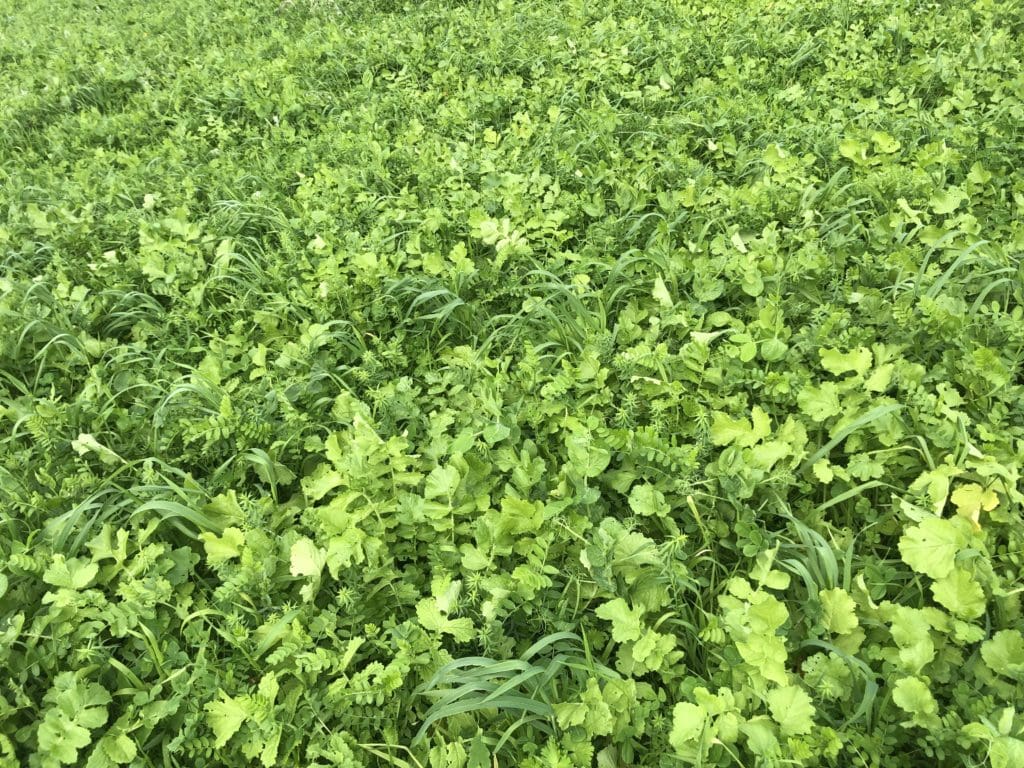Establishing Multi Species & Perennial Pastures

The use of plant diversity in the form of cover crops and multi-species plantings is receiving wide spread attention internationally as a tool for improving soil health whilst at the same time reducing reliance on synthetic fertilisers.
In a cropping systems, practices being implemented include the sowing of annual cover crops in between regular crop rotations, interplanting beneficial companion species amongst commercial crops and intentionally planting mixtures of compatible annual crops that are sorted and separated at harvest. Livestock producers are also realising and taking advantage of the benefits that multi-species pasture can bring to grazing operations.
Multi-species cover crops have been shown to have a number of benefits, including:
- Improvements in soil structure & function
- Increases in humus levels & soil carbon
- Improved soil water holding capacity
- Increases soil nutrient availability for plants
- Reduction in undesirable plant species
- Increases in plant diversity on the farm, which in turn increases food & habitat sources for beneficial insects.
- Providing a food source for a broader range of soil biology.
- Improvement in nutrition for livestock
In our Mediterranean context we look to build not only more diversity in our grazing systems, but also to include cool & warm season perennials. Once established, those perennials will ensure there are living roots in the ground over the summer to feed soil biology, and they will play a key role in helping to build soil water holding capacity over that period.
That all sounds great in theory but how do we do it? Presented by multispecies seeding specialist agronomist Jade Killoran from Healthy Farm Systems, this Talkin’ After Hours webinar explored the steps & secrets to establishing a multispecies and perennial pasture in our challenging environment.



Responses